Why smart lighting is the starting point to revolutionize cities
Cities are an application area that are undergoing a real revolution. Smart lighting will help them grow and progress.
Why smart lighting is the starting point to revolutionize cities
Cities are an application area that are undergoing a real revolution. Smart lighting will help them grow and progress.
Googling you will see that when we talk about smart lighting and its applications, we are referring to different sectors. From the search, in fact, you will get many results on smart lighting related to simple light bulbs, houses or even buildings.
One area of application that has undergone a real revolution is the city. Smart cities, empowered by Artificial Intelligence (AI) and machine learning (ML), are being transformed. Indeed, A.I. impacts on many fields of our society.
As a result, smart lighting is helping and will help cities to grow and progress in the future. Let’s find out why.
Smart lighting for smart cities
Recent research reveals that cities use around 75% of global energy. In this expenditure, public lighting accounts for 20-40%. [1]
As always, a problem has a solution and in this case its name is smart lighting.
It refers to systems using IoT connectivity devices that enable remote management and control of streetlights.
Smart lighting systems with Artificial Intelligence optimize energy consumption and simplify lighting control by adjusting brightness. In general, one of the features of A.I. is undoubtedly learning. Therefore, by adapting it to lighting systems, it is possible to improve their performance based on certain inputs. For example, lights change in relation to changing circumstances, such as the time of day and visibility conditions.
In general, the smart lighting service follows common and shared regulations.
Publication CIE 115:2010 “Lighting of roads for motor and pedestrian traffic” is the European standard. The goal of road lighting is to provide better vision and reveal obstacles in order to ensure safe and clear vehicle circulation. This is even more necessary in areas where visibility is compromised for pedestrians or heavy vehicles. [2]
In addition to this, there is also Italian legislation: UNI 11248. It establishes a series of parameters (dimming speed, maximum dimming levels, number and frequency of sampling, etc.) to assure driving safety in real time.
This standard sets out the specifics of how smart lighting works. They are Traffic Adaptive Installation (TAI) and Full Adaptive Installation (FAI).
TAI simply measures the traffic volume by counting the number of vehicles on the road in real time. In this case, the lighting class can be downgraded by two. Whereas, FAI also incorporates analysis about weather conditions and road surface luminance. When using this adaptive lighting strategy, a downgrade to 3 lighting classes takes place. [3]
Here is how adaptive lighting works in reality.
|
Adaptive lighting systems |
This learning technique is nothing but machine learning (ML). By managing large amounts of data, ML algorithms are able to operate and make decisions with little or no external supervision. The data is continuously collected and analyzed to provide information on the efficiency of the system in a city. It is, of course, crucial in driving forward sustainability initiatives.
Adaptive lighting systems will change the streets and create a brighter, greener and more convenient path for cities. In fact, they will turn into smart cities and add value by providing new services.
It is no coincidence that it is expected that a quarter of streetlights could be smart by 2030. [4]
Why smart lighting boosts smart city projects
Before considering the benefits this service brings to cities, it is worth mentioning the lighting, which is a fundamental basis for a city experience. It serves to enhance areas of beauty and generally keep the city running during the hours of darkness for the safety of pedestrians and vehicles.

|
Smart city |
It is clear that better management of public lighting is essential to the city. What started as research to promote greater energy efficiency is leading societies to a new understanding of lighting as a tool for improving life.
In this sense, the role of A.I. is decisive. It will help cities to move in a positive direction to save money, reduce energy consumption and waste, and increase the satisfaction of all stakeholders.
It appears that the energy saved reaches very high percentages. This is why smart lighting is the right answer to several problems in cities. We are talking about more than 60% of energy saved, as in the case of our solution. But where to start?
First of all we need to engage city leaders and decision-makers in an analysis to assess smart city services that would be most valuable for urban growth, such as smart lighting.
Saving energy is good for the environment and reduces utility costs for municipalities, but the benefits of smart street lighting go beyond it. Let’s take a closer look at the great opportunities that this service offers and that are driving the spread of smart lighting on the roads.
In addition to improving the management and energy efficiency of lighting installations, it is also possible to detect inefficiencies and intervene in a timely manner. This is again linked to the reduction of operational costs related to maintenance activities, which is a burden on the expenditure of Public Authorities. As a result, they can enjoy cost optimization.
Adaptive lighting systems are the starting point for a revolution in cities. The Artificial Intelligence of sensors can integrate new algorithms and deliver new services. Any examples?
Those related to urban mobility analysis, detecting accidents; to the intelligent parking system, to security services for citizens. In fact, the sensors operate as smart video surveillance systems capable of detecting and alerting in real time about problems for the municipality and the individual citizen. The result is to improve overall livability and help residents feel more secure everyday.
Current state of the world and a look at Europe
The attention on sustainable issues, the growing interest in Artificial Intelligence and the increasing importance of smart city services suggest that the smart lighting market will grow considerably in the coming years. Will it? Let’s see together.
Globally, this market is expected to reach USD 27.7 billion by 2026 from USD 10.9 billion in 2021; thus, over this time period it is forecast to grow at a CAGR of 20.5%. [5]
Moreover, in the current scenario, Europe has the largest market share. In fact, it accounts for 35% of total installations. [6]
These figures will undoubtedly tend to increase, as one of the European Union’s priority objectives is to reduce energy consumption by 32.5% by 2030. In addition, each member state, including Italy, is obliged to implement measures to reduce their annual energy consumption by 4.4% by 2030. [7]
Very encouraging signals are coming from Europe. In fact, there is a strong focus on sustainability, reduced consumption and people’s well-being.
There is no doubt that smart lighting will be a smart city service that will be applied more and more in Italy, Europe and worldwide. Its strength lies in achieving several objectives in one solution. They are: energy efficiency, reduction of public administration costs and safety of citizens and vehicles.
Smart lighting is needed now for the future.
Are there already smart lighting installations in your city?
References:
- World Energy Outlook 2020. Online version: https://www.iea.org/reports/world-energy-outlook-2020
- Taking cooperation forward. Online version: https://www.interreg-central.eu/Content.Node/Dynamic-Light/MODULE-4-PublicLightingStandards1-24-10-18.pdf
- CIE 2018 Conference on Smart Lighting. Online version: http://files.cie.co.at/CIE%202018%20-%20Abstract%20Booklet.pdf
- Global Smart Street Lighting & Smart Cities: Market Forecast (2020 – 2029). Online version: https://wellnesstg.com/wp-content/uploads/2020/12/Wellness-TechGroup-excerpt_Global-Smart-Street-Lighting-Smart-Cities-2020-2029_Northeast-Group-2.pdf
- Smart Lighting Market – Global Forecast to 2026. Online version: https://www.marketsandmarkets.com/Market-Reports/smart-lighting-market-985.html
- The Global Smart Street Lighting Market. Online version: https://www.berginsight.com/the-global-smart-street-lighting-market
- Efficienza energetica. Online version: https://www.europarl.europa.eu/factsheets/it/sheet/69/efficienza-energetica#:~:text=Nel%202007%20i%20leader%20dell,%2C5%20%25%20entro%20il%202030.
© Copyright 2012 – 2023 | All Rights Reserved
Author: Rossana Cascione, Junior Digital Marketing Specialist
Googling you will see that when we talk about smart lighting and its applications, we are referring to different sectors. From the search, in fact, you will get many results on smart lighting related to simple light bulbs, houses or even buildings.
One area of application that has undergone a real revolution is the city. Smart cities, empowered by Artificial Intelligence (AI) and machine learning (ML), are being transformed. Indeed, A.I. impacts on many fields of our society.
As a result, smart lighting is helping and will help cities to grow and progress in the future. Let’s find out why.
Smart lighting for smart cities
Recent research reveals that cities use around 75% of global energy. In this expenditure, public lighting accounts for 20-40%. [1]
As always, a problem has a solution and in this case its name is smart lighting.
It refers to systems using IoT connectivity devices that enable remote management and control of streetlights.
Smart lighting systems with Artificial Intelligence optimize energy consumption and simplify lighting control by adjusting brightness. In general, one of the features of A.I. is undoubtedly learning. Therefore, by adapting it to lighting systems, it is possible to improve their performance based on certain inputs. For example, lights change in relation to changing circumstances, such as the time of day and visibility conditions.
In general, the smart lighting service follows common and shared regulations.
Publication CIE 115:2010 “Lighting of roads for motor and pedestrian traffic” is the European standard. The goal of road lighting is to provide better vision and reveal obstacles in order to ensure safe and clear vehicle circulation. This is even more necessary in areas where visibility is compromised for pedestrians or heavy vehicles. [2]
In addition to this, there is also Italian legislation: UNI 11248. It establishes a series of parameters (dimming speed, maximum dimming levels, number and frequency of sampling, etc.) to assure driving safety in real time.
This standard sets out the specifics of how smart lighting works. They are Traffic Adaptive Installation (TAI) and Full Adaptive Installation (FAI).
TAI simply measures the traffic volume by counting the number of vehicles on the road in real time. In this case, the lighting class can be downgraded by two. Whereas, FAI also incorporates analysis about weather conditions and road surface luminance. When using this adaptive lighting strategy, a downgrade to 3 lighting classes takes place. [3]
Here is how adaptive lighting works in reality.
|
Adaptive lighting systems |
This learning technique is nothing but machine learning (ML). By managing large amounts of data, ML algorithms are able to operate and make decisions with little or no external supervision. The data is continuously collected and analyzed to provide information on the efficiency of the system in a city. It is, of course, crucial in driving forward sustainability initiatives.
Adaptive lighting systems will change the streets and create a brighter, greener and more convenient path for cities. In fact, they will turn into smart cities and add value by providing new services.
It is no coincidence that it is expected that a quarter of streetlights could be smart by 2030. [4]
Why smart lighting boosts smart city projects
Before considering the benefits this service brings to cities, it is worth mentioning the lighting, which is a fundamental basis for a city experience. It serves to enhance areas of beauty and generally keep the city running during the hours of darkness for the safety of pedestrians and vehicles.

|
Smart city |
It is clear that better management of public lighting is essential to the city. What started as research to promote greater energy efficiency is leading societies to a new understanding of lighting as a tool for improving life.
In this sense, the role of A.I. is decisive. It will help cities to move in a positive direction to save money, reduce energy consumption and waste, and increase the satisfaction of all stakeholders.
It appears that the energy saved reaches very high percentages. This is why smart lighting is the right answer to several problems in cities. We are talking about more than 60% of energy saved, as in the case of our solution. But where to start?
First of all we need to engage city leaders and decision-makers in an analysis to assess smart city services that would be most valuable for urban growth, such as smart lighting.
Saving energy is good for the environment and reduces utility costs for municipalities, but the benefits of smart street lighting go beyond it. Let’s take a closer look at the great opportunities that this service offers and that are driving the spread of smart lighting on the roads.
In addition to improving the management and energy efficiency of lighting installations, it is also possible to detect inefficiencies and intervene in a timely manner. This is again linked to the reduction of operational costs related to maintenance activities, which is a burden on the expenditure of Public Authorities. As a result, they can enjoy cost optimization.
Adaptive lighting systems are the starting point for a revolution in cities. The Artificial Intelligence of sensors can integrate new algorithms and deliver new services. Any examples?
Those related to urban mobility analysis, detecting accidents; to the intelligent parking system, to security services for citizens. In fact, the sensors operate as smart video surveillance systems capable of detecting and alerting in real time about problems for the municipality and the individual citizen. The result is to improve overall livability and help residents feel more secure everyday.
Current state of the world and a look at Europe
The attention on sustainable issues, the growing interest in Artificial Intelligence and the increasing importance of smart city services suggest that the smart lighting market will grow considerably in the coming years. Will it? Let’s see together.
Globally, this market is expected to reach USD 27.7 billion by 2026 from USD 10.9 billion in 2021; thus, over this time period it is forecast to grow at a CAGR of 20.5%. [5]
Moreover, in the current scenario, Europe has the largest market share. In fact, it accounts for 35% of total installations. [6]
These figures will undoubtedly tend to increase, as one of the European Union’s priority objectives is to reduce energy consumption by 32.5% by 2030. In addition, each member state, including Italy, is obliged to implement measures to reduce their annual energy consumption by 4.4% by 2030. [7]
Very encouraging signals are coming from Europe. In fact, there is a strong focus on sustainability, reduced consumption and people’s well-being.
There is no doubt that smart lighting will be a smart city service that will be applied more and more in Italy, Europe and worldwide. Its strength lies in achieving several objectives in one solution. They are: energy efficiency, reduction of public administration costs and safety of citizens and vehicles.
Smart lighting is needed now for the future.
Are there already smart lighting installations in your city?
References:
- World Energy Outlook 2020. Online version: https://www.iea.org/reports/world-energy-outlook-2020
- Taking cooperation forward. Online version: https://www.interreg-central.eu/Content.Node/Dynamic-Light/MODULE-4-PublicLightingStandards1-24-10-18.pdf
- CIE 2018 Conference on Smart Lighting. Online version: http://files.cie.co.at/CIE%202018%20-%20Abstract%20Booklet.pdf
- Global Smart Street Lighting & Smart Cities: Market Forecast (2020 – 2029). Online version: https://wellnesstg.com/wp-content/uploads/2020/12/Wellness-TechGroup-excerpt_Global-Smart-Street-Lighting-Smart-Cities-2020-2029_Northeast-Group-2.pdf
- Smart Lighting Market – Global Forecast to 2026. Online version: https://www.marketsandmarkets.com/Market-Reports/smart-lighting-market-985.html
- The Global Smart Street Lighting Market. Online version: https://www.berginsight.com/the-global-smart-street-lighting-market
- Efficienza energetica. Online version: https://www.europarl.europa.eu/factsheets/it/sheet/69/efficienza-energetica#:~:text=Nel%202007%20i%20leader%20dell,%2C5%20%25%20entro%20il%202030.
© Copyright 2012 – 2023 | All Rights Reserved
Author: Rossana Cascione, Junior Digital Marketing Specialist

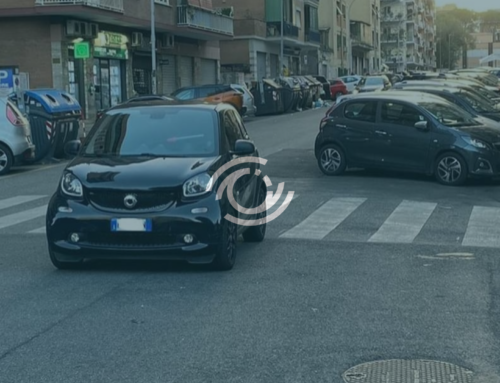

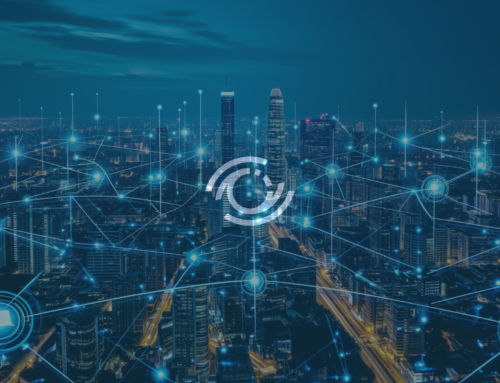
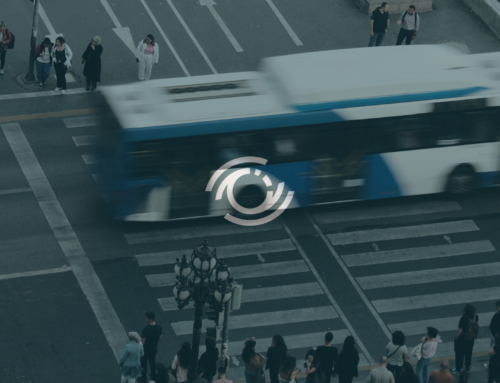
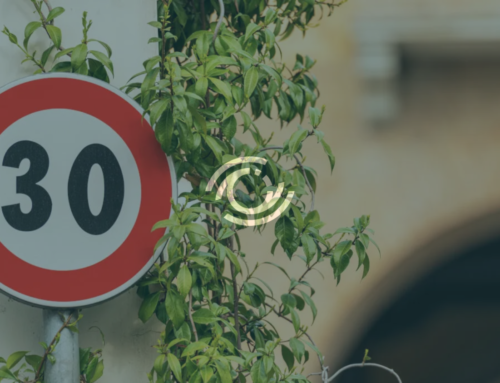
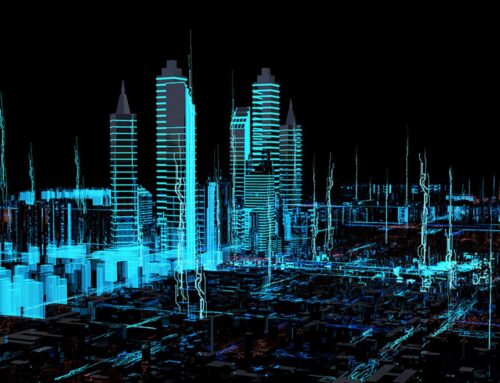
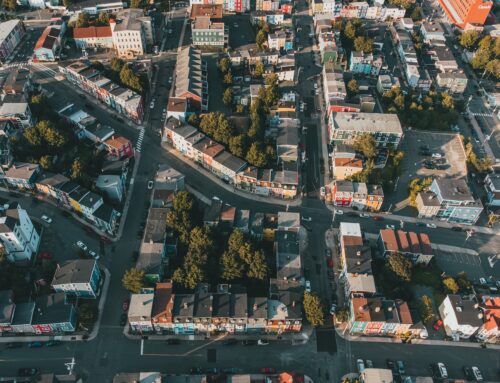





Leave A Comment